Yiye Jiang
Institut de Mathématiques de Bordeaux, Université de Bordeaux, Laboratoire Bordelais de Recherche en Informatique, Université de Bordeaux
Wasserstein multivariate auto-regressive models for modeling distributional time series and its application in graph learning
Jul 12, 2022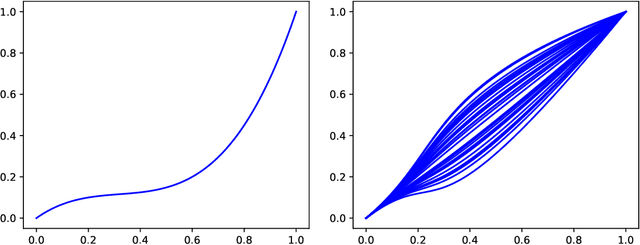
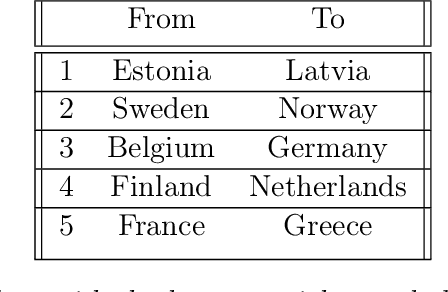

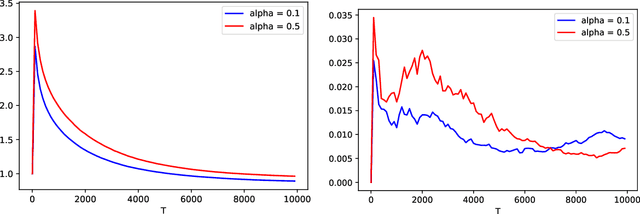
Abstract:We propose a new auto-regressive model for the statistical analysis of multivariate distributional time series. The data of interest consist of a collection of multiple series of probability measures supported over a bounded interval of the real line, and that are indexed by distinct time instants. The probability measures are modelled as random objects in the Wasserstein space. We establish the auto-regressive model in the tangent space at the Lebesgue measure by first centering all the raw measures so that their Fr\'echet means turn to be the Lebesgue measure. Using the theory of iterated random function systems, results on the existence, uniqueness and stationarity of the solution of such a model are provided. We also propose a consistent estimator for the model coefficient. In addition to the analysis of simulated data, the proposed model is illustrated with two real data sets made of observations from age distribution in different countries and bike sharing network in Paris. Finally, due to the positive and boundedness constraints that we impose on the model coefficients, the proposed estimator that is learned under these constraints, naturally has a sparse structure. The sparsity allows furthermore the application of the proposed model in learning a graph of temporal dependency from the multivariate distributional time series.
Online Graph Topology Learning from Matrix-valued Time Series
Jul 16, 2021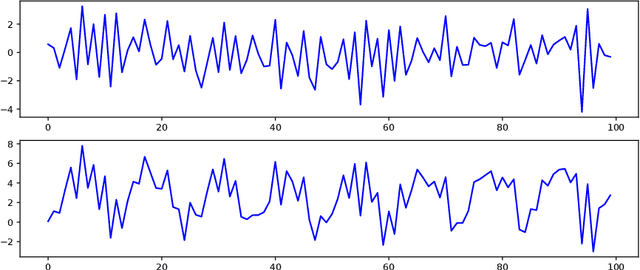



Abstract:This paper is concerned with the statistical analysis of matrix-valued time series. These are data collected over a network of sensors (typically a set of spatial locations), recording, over time, observations of multiple measurements. From such data, we propose to learn, in an online fashion, a graph that captures two aspects of dependency: one describing the sparse spatial relationship between sensors, and the other characterizing the measurement relationship. To this purpose, we introduce a novel multivariate autoregressive model to infer the graph topology encoded in the coefficient matrix which captures the sparse Granger causality dependency structure present in such matrix-valued time series. We decompose the graph by imposing a Kronecker sum structure on the coefficient matrix. We develop two online approaches to learn the graph in a recursive way. The first one uses Wald test for the projected OLS estimation, where we derive the asymptotic distribution for the estimator. For the second one, we formalize a Lasso-type optimization problem. We rely on homotopy algorithms to derive updating rules for estimating the coefficient matrix. Furthermore, we provide an adaptive tuning procedure for the regularization parameter. Numerical experiments using both synthetic and real data, are performed to support the effectiveness of the proposed learning approaches.
Sensor selection on graphs via data-driven node sub-sampling in network time series
Apr 24, 2020

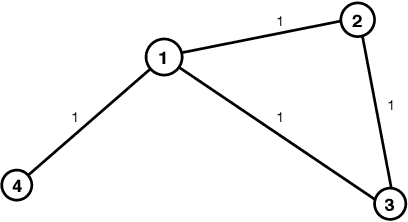
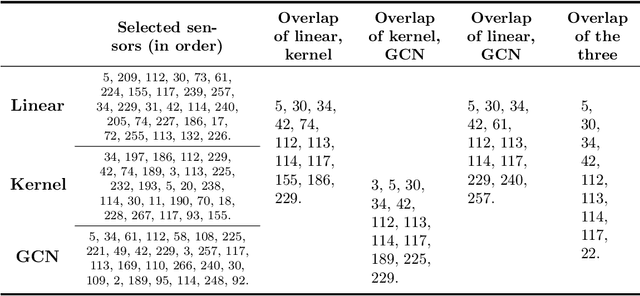
Abstract:This paper is concerned by the problem of selecting an optimal sampling set of sensors over a network of time series for the purpose of signal recovery at non-observed sensors with a minimal reconstruction error. The problem is motivated by applications where time-dependent graph signals are collected over redundant networks. In this setting, one may wish to only use a subset of sensors to predict data streams over the whole collection of nodes in the underlying graph. A typical application is the possibility to reduce the power consumption in a network of sensors that may have limited battery supplies. We propose and compare various data-driven strategies to turn off a fixed number of sensors or equivalently to select a sampling set of nodes. We also relate our approach to the existing literature on sensor selection from multivariate data with a (possibly) underlying graph structure. Our methodology combines tools from multivariate time series analysis, graph signal processing, statistical learning in high-dimension and deep learning. To illustrate the performances of our approach, we report numerical experiments on the analysis of real data from bike sharing networks in different cities.
 Add to Chrome
Add to Chrome Add to Firefox
Add to Firefox Add to Edge
Add to Edge